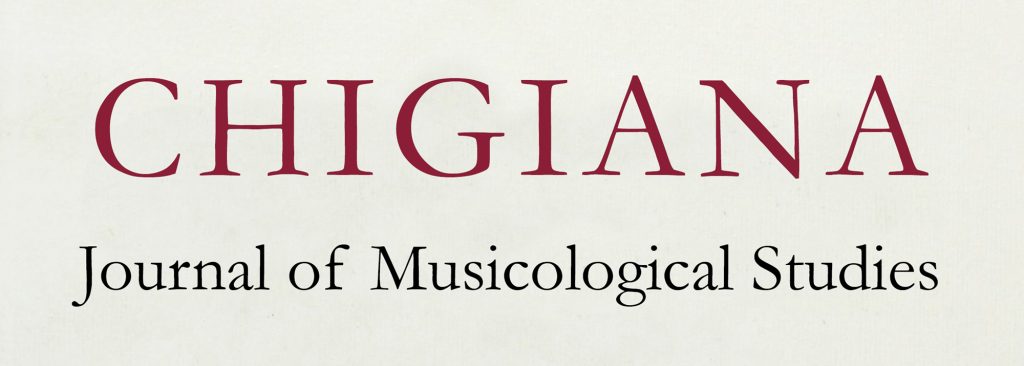
Re-envisaging Chinese Instrumental Music:
The Use of Pre-existing Music in Post- war Hong Kong Costume Drama Films
Joseph Wong (Hong Kong Composers’ Guild)
Costume (historical) drama has long been one of the most popular genres in the Chinese film history. By the ingenious design of costume and arrangement of scenery, historical figures and events are reconstructed and re-envisaged through the perspective of the screenwriters and directors. In this process of re-envisagement, the choice of music also plays an important role.
During the early period of development of Hong Kong post-war film (1950s and 60s), owing to the limited production budget and resources, it was common to use pre-existing music. To suit the historical setting of the costume dramas, pre-existing music written for traditional Chinese instruments (from pieces for solo instrument to large- scale works for Chinese orchestra) was used as the soundtrack of these films. Although most of these instrumental works have their own programmes, once they were used as soundtrack of these films, new programmatic and dramatic associations were established between image and music. Such associations have in turn enriched the meaning and status of these musical works (e.g. some of them were featured collectively as “martial arts film music” in record albums and concert performances later on). Moreover, in some cases, the same piece of music was used consistently in different movies in the film series (e.g. General’s Ode in the Wong Fei-hung martial arts hero film series). Such practice has not only made the piece become the “trademark” of the individual film series or character, but also inspired the ways pre-existing Chinese instrumental works were being used in the costume drama films in the later periods (e.g. films played by Jet Li and Stephen Chow).
This paper examines the use of pre-existing Chinese instrumental music in representative examples of early Hong Kong post-war costume drama films. It also discusses how traditional Chinese instrumental music is being re-envisaged through their use as soundtrack in these films over the years.
Per un lungo periodo, il dramma (storico) in costume è stato uno dei generi più popolari nella storia del cinema cinese. Grazie all’ingegnosa progettazione dei costumi e delle scenografie, i personaggi e gli eventi storici sono stati ricostruiti e rivisitati nella prospettiva degli sceneggiatori e dei registi. In questo processo di rivisitazione, anche la scelta delle musiche ha giocato un ruolo importante.
Durante la prima fase di sviluppo del cinema nel dopoguerra a Hong Kong (anni Cinquanta e Sessanta), a causa del limitato budget di produzione e delle scarse risorse disponibili di solito si faceva ricorso a musiche preesistenti. In particolare, per adeguarsi all’ambientazione storica dei drammi in costume venivano utilizzate musiche preesistenti scritte per strumenti tradizionali cinesi (da brani per strumento solista a opere per orchestra cinese). La maggior parte di questi pezzi strumentali sono musica a programma, e il loro utilizzo nella colonna sonora dei film ha dato vita a nuove associazioni programmatiche e drammatiche tra le immagini e la musica. A loro volta, tali associazioni hanno arricchito il significato e lo status di queste opere musicali; ad esempio, alcuni di questi pezzi sono stati raccolti in disco e presentati come “musica da film sulle arti marziali”, e successivamente eseguiti come tali in concerto. Inoltre, in alcuni casi uno stesso brano musicale è stato utilizzato in modo sistematico in diversi film di una serie (ad esempio, General’s Ode nella serie di film Wong Fei-hung dedicati agli eroi delle arti marziali). Tale pratica ha fatto sì che il brano diventasse una sorta di “marchio di fabbrica” della serie o del singolo personaggio, ma ha anche condizionato il modo in cui le opere strumentali cinesi preesistenti sono state poi nuovamente riutilizzate nei film drammatici in costume prodotti negli anni successivi (ad esempio, i film interpretati da Jet Li e Stephen Chow). Analizzando alcuni esempi dei primi film drammatici in costume prodotti nel dopoguerra a Hong Kong, la relazione evidenzia come la musica strumentale di tradizione cinese sia stata “reinventata” attraverso le colonne sonore di questi film.
